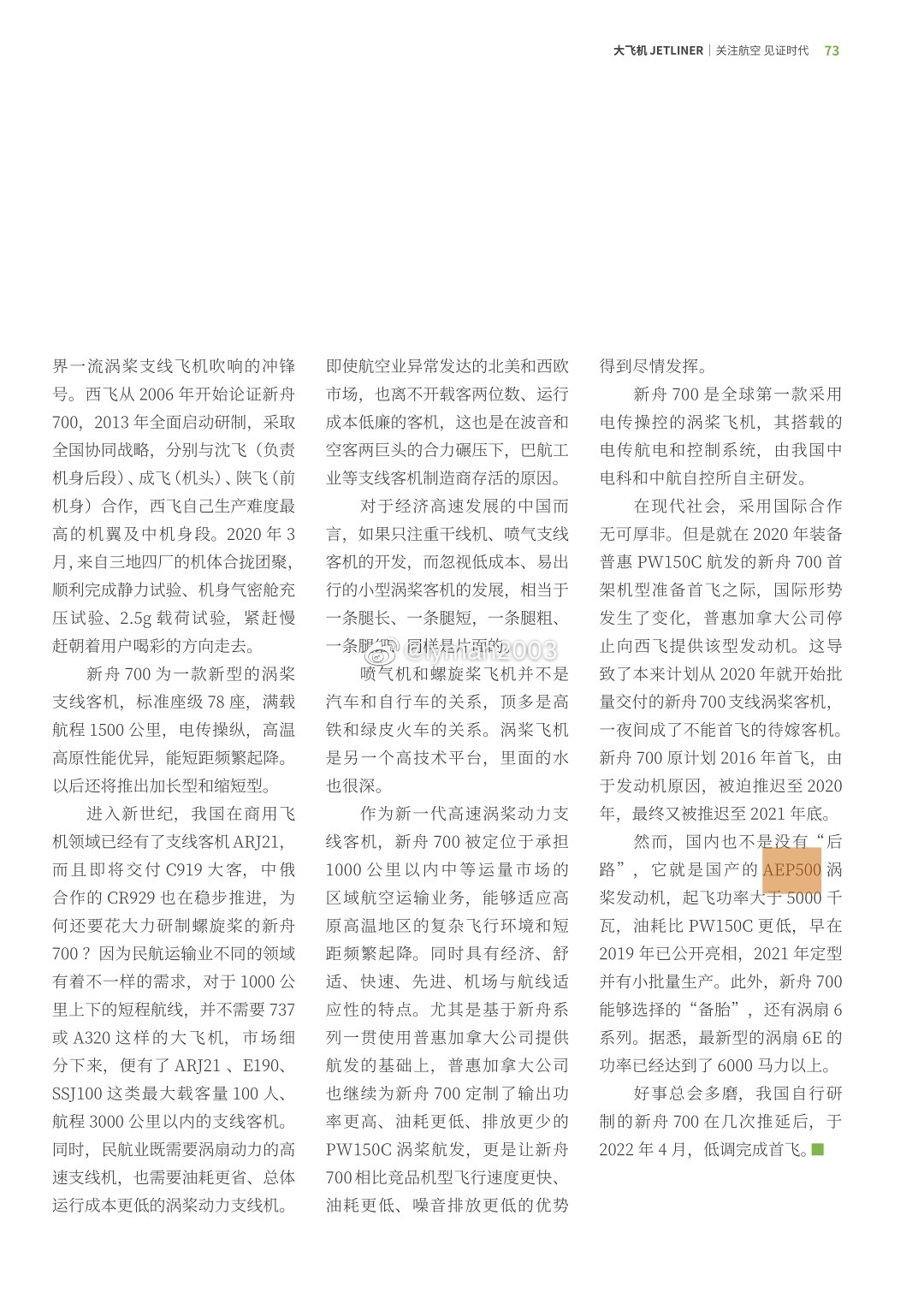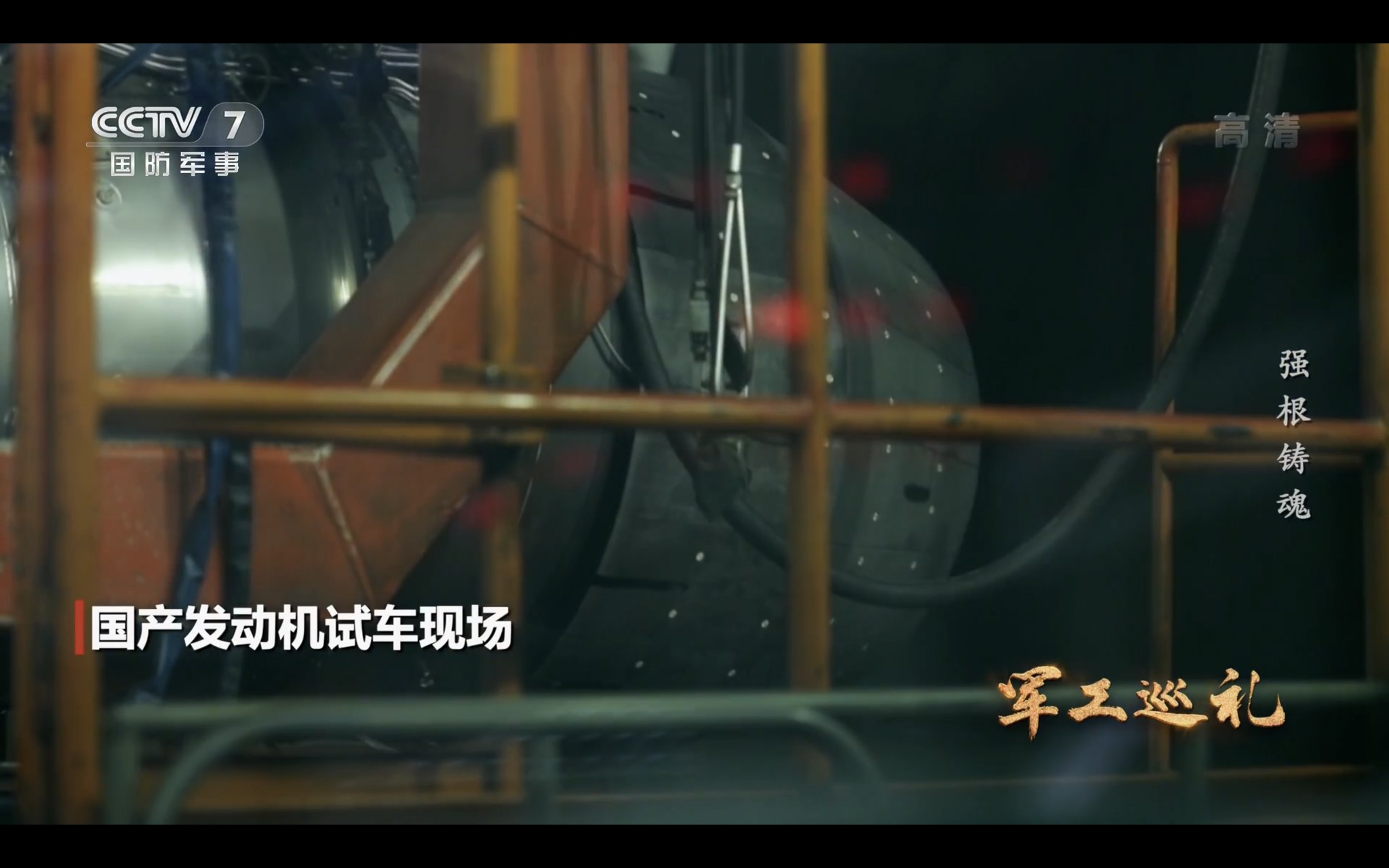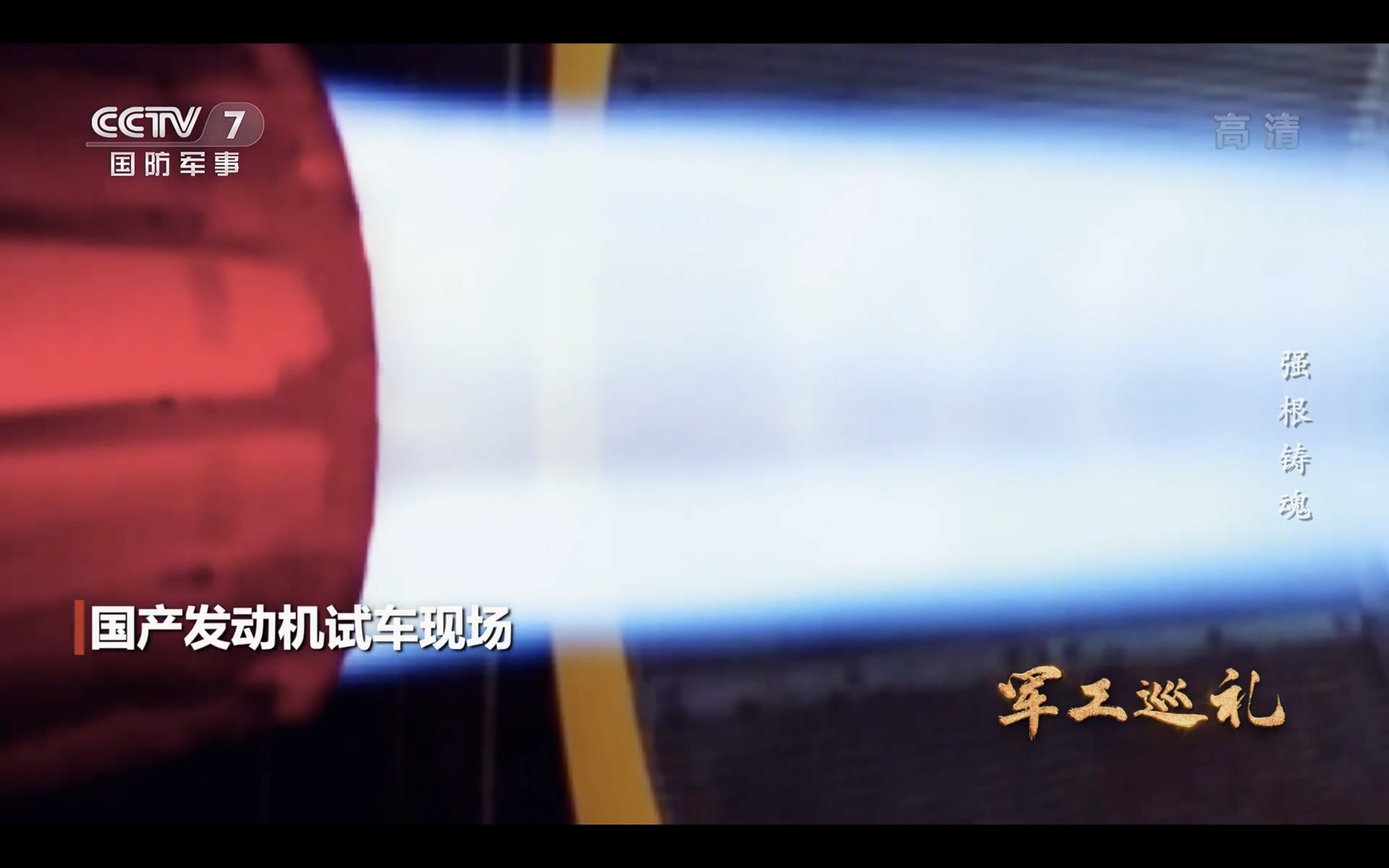What is the current thrust of WS-10A? I was under the impression it’s 130 kN or so. Is the current service life figure of 2,000 hours and MTBO of 1,200 hours accurate? Basically I would like to know when the current WS-10A entered operational service.
WS-10A is only used for J-11B and early batch of J-16 if I am not mistaken. WS-10B increased thrust by around 15 percent off the WS-10 baseline according to a Chinese research article.
The best way to get data on engine is wait for one of the Pakistanis J-10C pilots to slip up during an interview.






